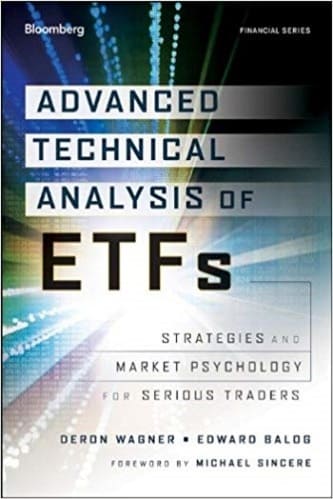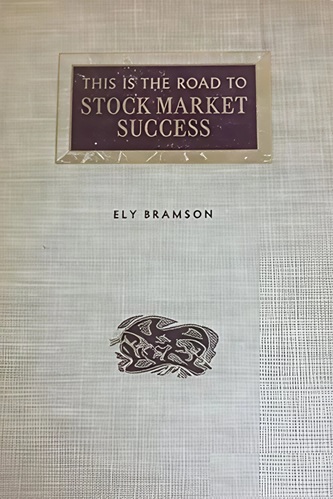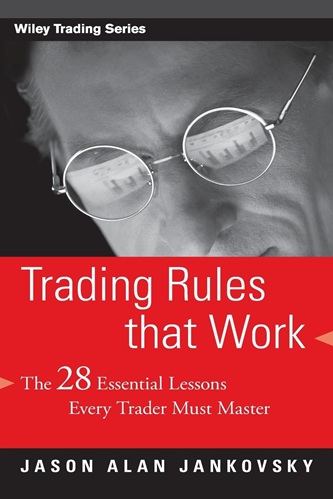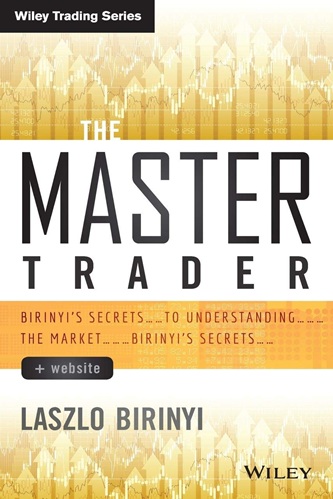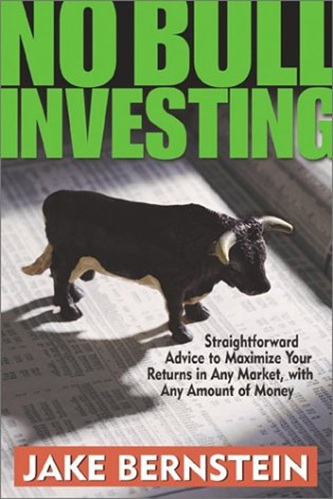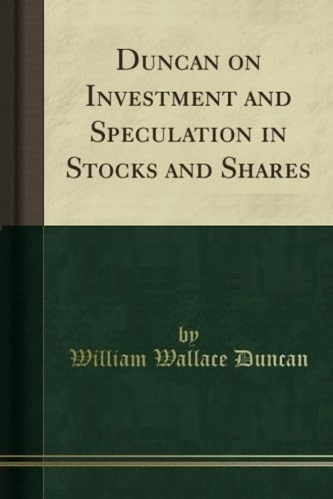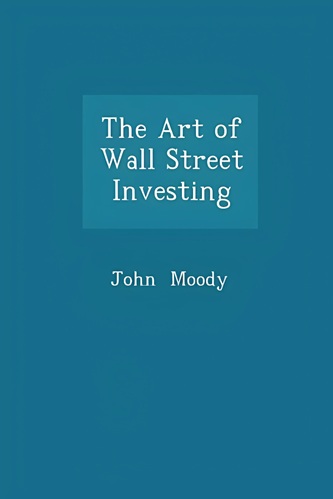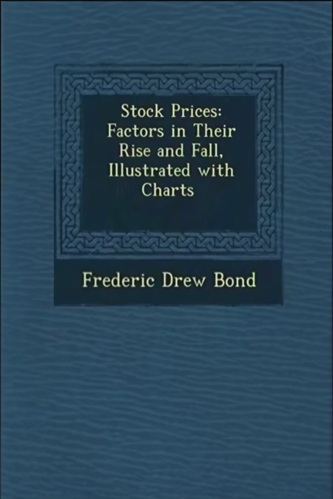Advanced Technical Analysis of ETFs: Strategies and Market Psychology for Serious Traders
$31.78
| Author(s) | , |
|---|---|
| Pages |
196 |
| Format |
|
| Publication Year |
2012 |
Advanced Technical Analysis of ETFs is an important resource for sophisticated ETF traders that contains a wealth of expanded strategies for technical trade setups and includes the author’s best real trade examples (both winning and losing), as well as additional user-friendly technical indicators. Step by step this book offers you a how-to guide for profiting from ETFs through a unique strategy of technical analysis that was outlined in Wagner’s previous book and summarized in the introduction. The strategy is designed to compare relative strength using a top-down approach.
Author’s Introduction:
In our first ETF book, Trading ETFs: Gaining an Edge with Technical Analysis, we focused on the use of very basic technical indicators including trend lines, moving averages, support and resistance levels, volume, and price action (swing highs and swing lows). Although it is not necessary, you mayfind it useful to read that book because it lays the groundwork for the advanced technical strategies covered in this book.
In this follow-up book, we will introduce several new technical indicators and strategies that enhance the effectiveness of our proven “top-down” trading strategy detailed in the last book. While the merits of our initial top-down strategy can certainly stand alone, applying additional technical indicators, strategies, and concepts only serves to improve the profitability of ETF traders.
Specifically, we will introduce and focus primarily on candlestick patterns, Fibonacci levels and Fibonacci time series, and accumulation distribution combined with the Relative Strength Index (RSI). Although we believe in the simplicity of our core trading strategy, we have found these technical indicators to be quite useful without being cumbersome. There is a balance between simplicity and using additional technical tools to enhance your trading performance.
After detailing the new technical analysis strategies, we then walk you through the outcomes of 30 different actual ETF trades that were provided to subscribers of The Wagner Daily newsletter. Of these 30 trades, we have chosen 20 winning and 10 losing trades because obviously not every trade is a winner. Knowing how, when, and why to exit a losing trade is a critical skill for any serious trader of the markets. The analysis and explanation of these actual trades will follow the format of the actual trades detailed in our last book, which many readers have told us was their favorite part of the previous book.
Contents:
- Some Things Have Changed, but More Has Stayed the Same
- Complete Synopsis of the ETF Swing Trading Strategy
- Candlestick Patterns
- Fibonacci Here, There, and Everywhere!
- Accumulation-Distribution with RSI
- 15 ETFs We Bought
- 15 ETFs Sold Short
- Road Map of Market Psychology
- Understanding the Four Stages of Every Market Cycle
- Latest Trends and Innovations in Exchange-Traded Funds
- Important Accounting Considerations
- Trading Is a Journey, Not a Destination
Advanced Technical Analysis of ETFs: Strategies and Market Psychology for Serious Traders By Deron Wagner, Ed Balog pdf

